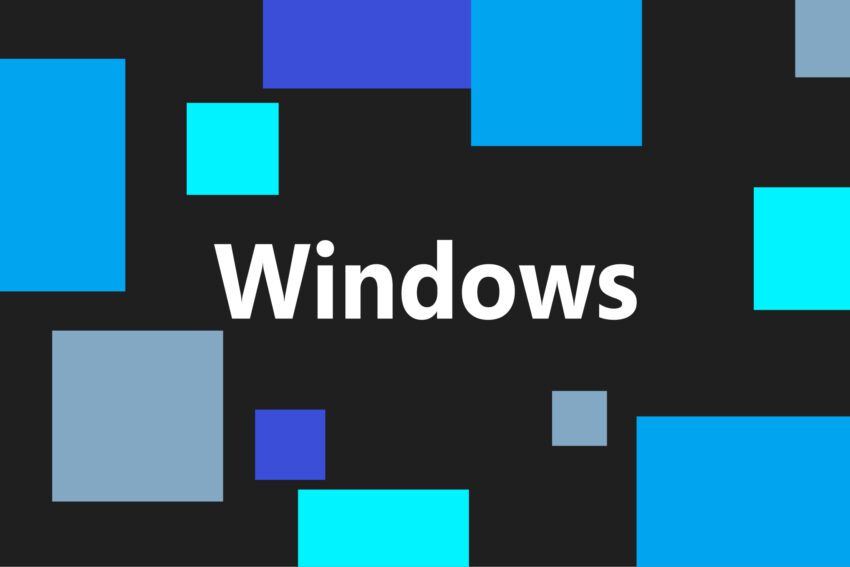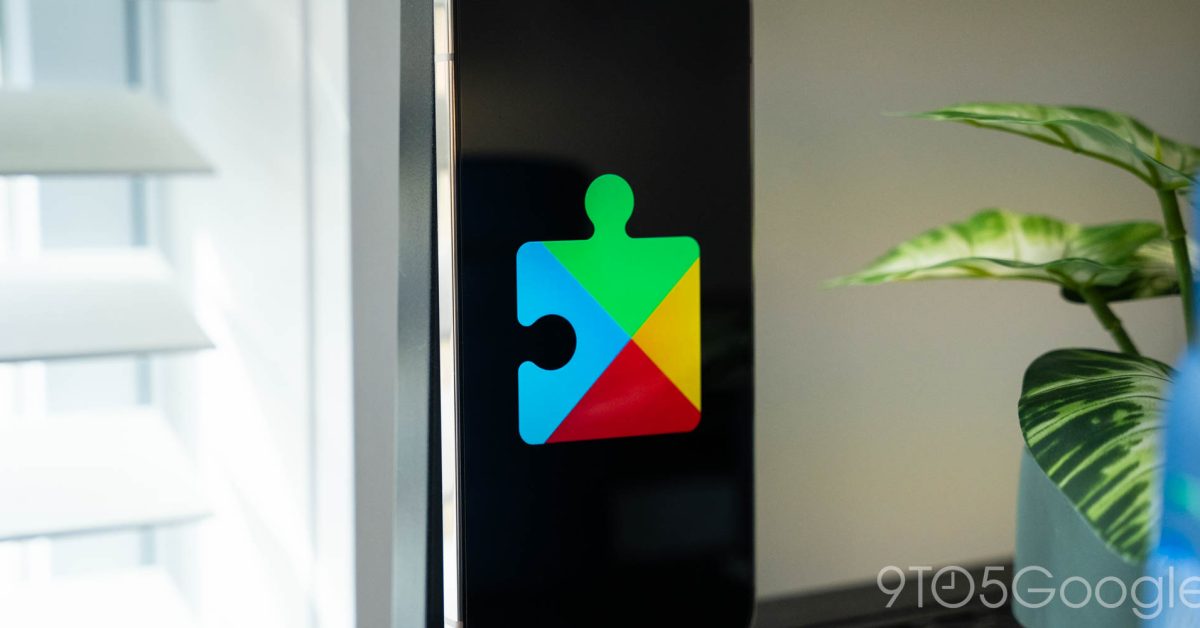
microsoft is plugging more holes that let Microsoft is tightening its grip on the setup process for Windows 11 by eliminating methods that allow users to bypass the requirement for an online account.
microsoft is plugging more holes that let
Background on Windows 11 Setup Requirements
When Microsoft launched Windows 11, it introduced a range of new features and a fresh design aimed at enhancing user experience. However, one of the most controversial changes was the requirement for users to create a Microsoft account during the initial setup. This requirement was met with mixed reactions, as many users preferred the option of using a local account, which allows for greater privacy and control over personal data.
In the past, users could bypass the Microsoft account requirement through various workarounds, which were particularly popular among those who wanted to maintain a local account for reasons such as privacy, customization, and ease of use. These methods allowed users to set up Windows 11 without the need for an internet connection, thereby avoiding the need to create a Microsoft account.
Recent Changes to Bypass Methods
In a recent announcement, Microsoft confirmed that it is removing these known workarounds in a new test build of Windows 11. Amanda Langowski, the lead for the Windows Insider Program, stated, “We are removing known mechanisms for creating a local account in the Windows Setup experience (OOBE). While these mechanisms were often used to bypass Microsoft account setup, they also inadvertently skip critical setup screens, potentially causing users to exit OOBE with a device that is not fully configured for use.”
This change means that future versions of Windows 11 will require users to complete the Out-of-Box Experience (OOBE) with a stable internet connection and a Microsoft account. This move is part of Microsoft’s broader strategy to streamline the setup process while ensuring that users have access to the full range of features and services that a Microsoft account provides.
Previous Workarounds
Before these recent changes, users had several workarounds at their disposal. One of the most popular methods was known as “bypassnro,” which allowed users to skip the Microsoft account requirement during the setup process. However, Microsoft removed this workaround earlier this year, prompting users to seek alternative methods.
Another workaround that gained traction was the use of the command “start ms-cxh:localonly.” This command enabled users to reset the OOBE process and bypass the Microsoft account requirement. However, with the latest updates, this command has also been disabled, further tightening the restrictions on local account creation.
Implications for Users
The removal of these workarounds has significant implications for Windows 11 users. For many, the ability to create a local account without an internet connection was a critical feature. Users who prefer local accounts often cite reasons such as:
- Privacy Concerns: Many users are wary of sharing personal data with Microsoft and prefer to keep their information local.
- Customization: Users often want to customize their user folder names, which can be automatically generated based on their Microsoft account email address.
- Control: A local account provides users with more control over their device and its settings, without the need for constant connectivity.
With the removal of these bypass methods, users will now have to adapt to a setup process that mandates an internet connection and a Microsoft account. This change may lead to frustration among those who value the flexibility of local accounts.
New Features and Customization Options
Despite the tightening of account requirements, Microsoft is also introducing new features aimed at improving the user experience. One such feature is the ability to customize the default user folder name during the setup process. This option, however, requires users to use a command to achieve the desired customization.
While this is a step in the right direction, many users hope that Microsoft will eventually make this option more accessible during the setup process. The ability to customize user folder names is particularly important for users who want to maintain a personalized experience on their devices.
Stakeholder Reactions
The reactions to Microsoft’s changes have been mixed. Some users express disappointment over the removal of the bypass methods, viewing it as a restriction on their freedom to choose how they set up their devices. Others, however, acknowledge that the changes may lead to a more streamlined and user-friendly setup experience.
Tech enthusiasts and industry analysts have also weighed in on the implications of these changes. Some argue that Microsoft is prioritizing its ecosystem by encouraging users to create Microsoft accounts, which can provide access to a range of services such as OneDrive, Office 365, and Xbox Live. This strategy may ultimately benefit Microsoft by increasing user engagement with its services.
Long-Term Implications for Microsoft
From a business perspective, Microsoft’s decision to enforce the use of Microsoft accounts aligns with its broader strategy of integrating services and creating a seamless user experience across its platforms. By encouraging users to create Microsoft accounts, the company can gather valuable data on user preferences and behaviors, which can inform future product development and marketing strategies.
However, this approach also carries risks. As users become increasingly aware of privacy concerns and data security, Microsoft must balance its desire for user engagement with the need to respect user autonomy. If users feel that their choices are being restricted, it could lead to dissatisfaction and a potential decline in user trust.
Conclusion
Microsoft’s recent changes to the Windows 11 setup process reflect a significant shift in how the company approaches user accounts. By removing workarounds that allowed for local account creation without an internet connection, Microsoft is reinforcing its commitment to a more integrated ecosystem. While this may streamline the setup process and enhance user engagement with Microsoft services, it also raises important questions about user autonomy and privacy.
As Microsoft continues to evolve its operating system and services, it will be crucial for the company to listen to user feedback and find a balance between promoting its ecosystem and respecting user preferences. The future of Windows 11 will depend on how well Microsoft navigates these challenges while providing a user-friendly experience.
Source: Original report
Was this helpful?
Last Modified: October 7, 2025 at 4:37 am
3 views















